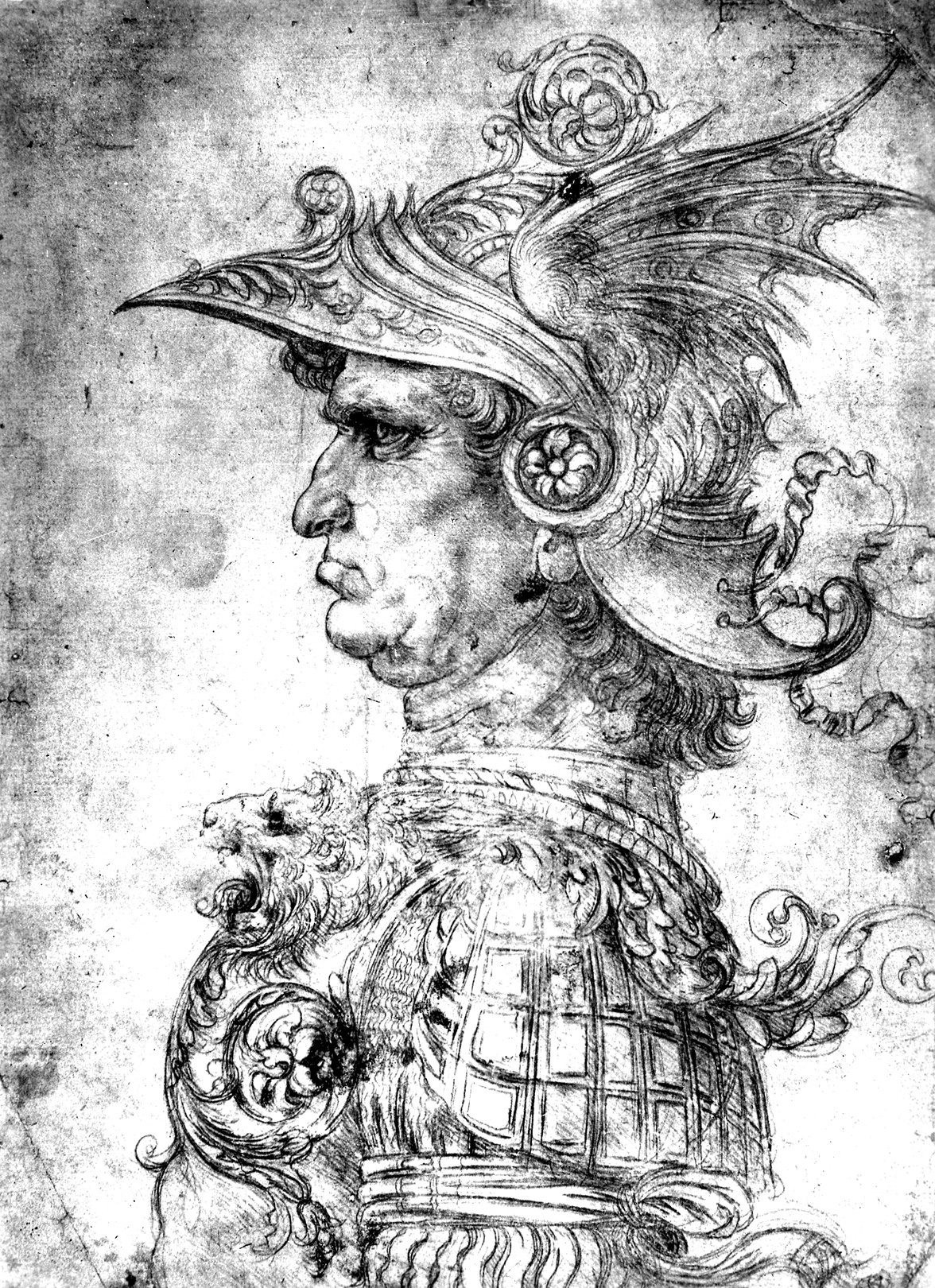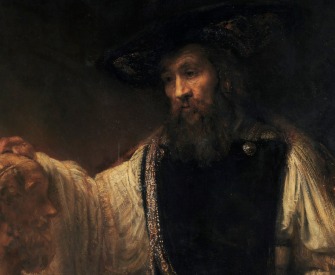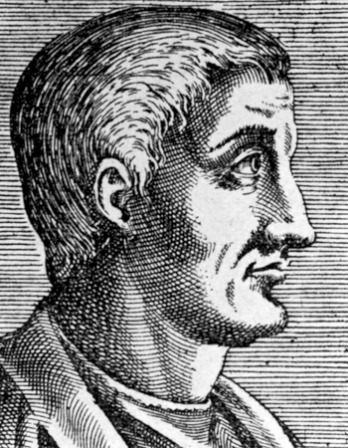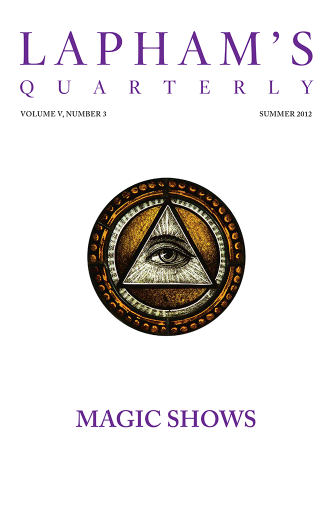In late April 1968, I was awaiting orders for a transfer from HHC, 11th Brigade, to Company E, 51st Inf. (LRP), when I happened to run into Pfc. “Butch” Gruver, whom I had known in Hawaii. Gruver told me he had been assigned to C Company, 1st of the 20th, until April 1, when he transferred to the unit that I was headed for. During the course of our conversation, he told me the first of many reports I was to hear of “Pinkville.”
“Charlie” Company 1/20 had been assigned to Task Force Barker in late February 1968 to help conduct “search and destroy” operations on the Batangan Peninsula, Barker’s area of operation. The task force was operating out of L.F. Dottie, located five or six miles north of Quang Ngai city on Vietnamese National Highway 1. Gruver said that Charlie Company had sustained casualties, primarily from mines and booby traps, almost everyday from the first day they arrived on the peninsula. One village area was particularly troublesome and seemed to be infested with booby traps and enemy soldiers. It was located about six miles northeast of Quang Ngai city at approximate coordinates B.S. 728795. It was a notorious area, and the men of Task Force Barker had a special name for it: They called it “Pinkville.” One morning in the latter part of March, Task Force Barker moved out from its firebase headed for “Pinkville.” Its mission: destroy the trouble spot and all of its inhabitants.
When “Butch” told me this I didn’t quite believe that what he was telling me was true, but he assured me that it was and went on to describe what had happened. The other two companies that made up the task force cordoned off the village so that Charlie Company could move through to destroy the structures and kill the inhabitants. Any villagers who ran from Charlie Company were stopped by the encircling companies. I asked “Butch” several times if all the people were killed. He said that he thought they were, men, women, and children. He recalled seeing a small boy, about three or four years old, standing by the trail with a gunshot wound in one arm. The boy was clutching his wounded arm with his other hand while blood trickled between his fingers. He was staring around himself in shock and disbelief at what he saw. “He just stood there with big eyes staring around like he didn’t understand; he didn’t believe what was happening. Then the captain’s RTO [radio operator] put a burst of 16 [M-16 rifle] fire into him.” It was so bad, Gruver said, that one of the men in his squad shot himself in the foot in order to be medivaced out of the area so that he would not have to participate in the slaughter. Although he had not seen it, Gruver had been told by people he considered trustworthy that one of the company’s officers, Second Lieutenant Kally (this spelling may be incorrect) had rounded up several groups of villagers (each group consisting of a minimum of twenty persons of both sexes and all ages). According to the story, Kally then machine-gunned each group. Gruver estimated that the population of the village had been three to four hundred people and that very few, if any, escaped.

Bust of a Warrior, by Leonardo da Vinci, c. 1475. The British Museum, London.
Terry and Doherty had been in the same squad, and their platoon was the third platoon of C Company to pass through the village. Most of the people they came to were already dead. Those that weren’t were sought out and shot. The platoon left nothing alive, neither livestock nor people. Around noon, the two soldiers’ squads stopped to eat. “Billy and I started to get our chow,” Terry said, “but close to us was a bunch of Vietnamese in a heap, and some of them were moaning. Kally had been through before us, and all of them had been shot, but many weren’t dead. It was obvious that they weren’t going to get any medical attention, so Billy and I got up and went over to where they were. I guess we sort of finished them off.” Terry went on to say that he and Doherty then returned to where their packs were and ate lunch.
It was June before I spoke to anyone who had something of significance to add to what I had already been told of the “Pinkville” incident. It was the end of June 1968 when I ran into Sergeant Larry La Croix at the USO in Chu Lai. La Croix had been in Second Lt. Kally’s platoon on the day Task Force Barker swept through “Pinkville.” What he told me verified the stories of the others, but he also had something new to add. He had been a witness to Kally’s gunning down of at least three separate groups of villagers. “It was terrible. They were slaughtering the villagers like so many sheep.” Kally’s men were dragging people out of bunkers and hootches and putting them together in a group. The people in the group were men, women, and children of all ages. As soon as he felt that the group was big enough, Kally ordered an M-60 [machine-gun] set up and the people killed. La Croix said that he bore witness to this procedure at least three times. The three groups were of different sizes: one of about twenty people, one of about thirty people, and one of about forty people. When the first group was put together Kally ordered Pfc. Torres to man the machine-gun and open fire on the villagers that had been grouped together. This Torres did, but before everyone in the group was down, he ceased fire and refused to fire again. After ordering Torres to recommence firing several times, Lieutenant Kally took over the M-60 and finished shooting the remaining villagers in that first group himself. Sergeant La Croix told me that Kally didn’t bother to order anyone to take the machine-gun when the other two groups of villagers were formed. He simply manned it himself and shot down all villagers in both groups.
Ron Ridenhour, from a letter written on March 29, 1969, to the American military command in Vietnam. Ridenhour, a helicopter gunner in country with the 51st Infantry, was telling an old story that he had heard from a friend. The letter, sent also to officials at the Pentagon and to thirty members of Congress, led to the investigation of the murder of five hundred Vietnamese civilians in the village of My Lai on March 16, 1968.
Back to Issue





